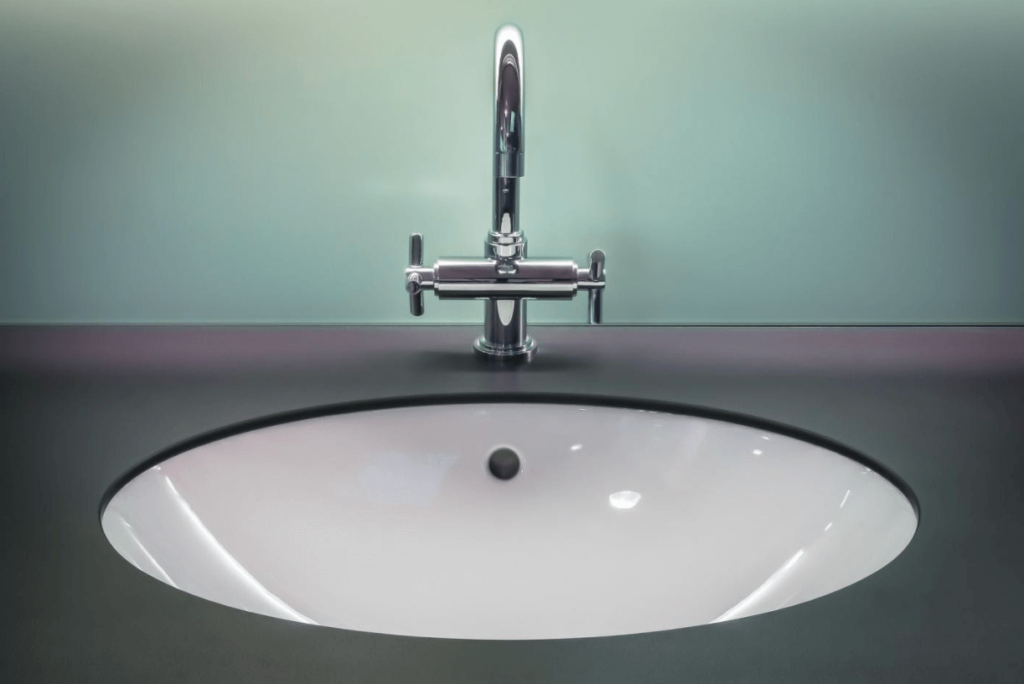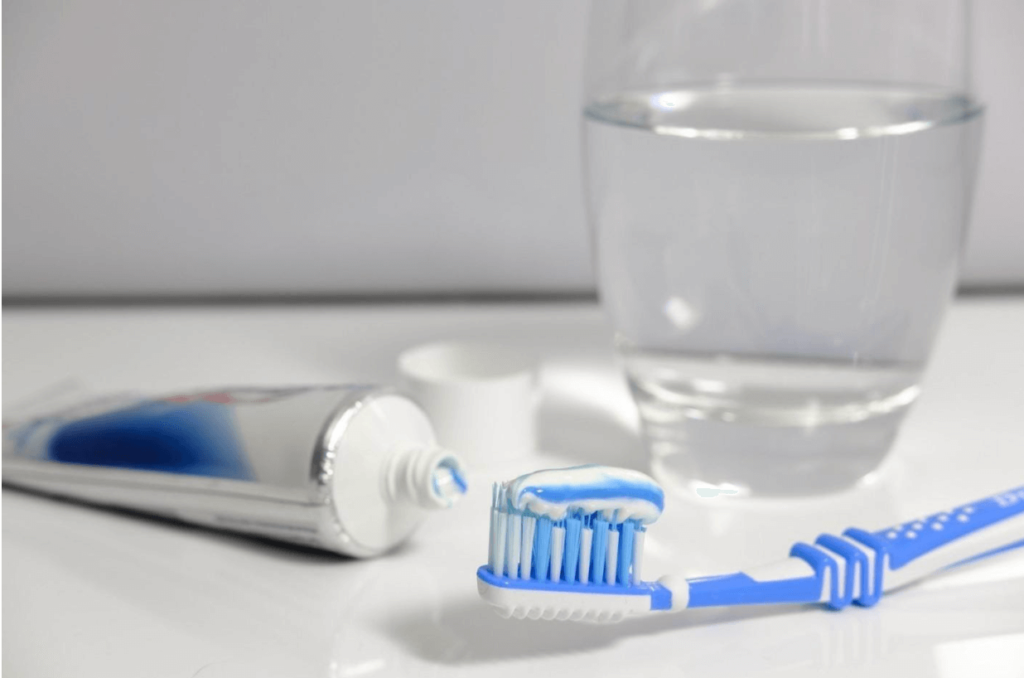Municipal water supplies often add fluoride to it before it arrives at the tap. This is usually done because many studies have shown that fluoride helps prevent tooth decay. However, too much fluoride in the water is not something everyone wants, and has voiced health concerns and possible side effects.
It’s not practical to cut fluoridation out of tap water entirely as some homeowners prefer to have it. Opting out of it on a household level can’t be done by the municipality as the infrastructure does not permit it. So many homeowners have started using water filters to take out excess fluoride from their own home water supply.
What Dangers Does Fluoride Pose?
Prolonged exposure to fluoride especially in the early development years of a child can cause mild dental fluorosis. This looks like small white strips in the enamel of the teeth. It does not pose a health risk but it can be jarring to have such discoloration due to fluoride in the water.
Skeletal fluorosis is a bone disease that can develop due to overexposure to fluoride. Years of this lead to damaged bones, joints, and, ultimately, pain. With reduced elasticity and hardening of the bones, fractures can become a problem. Bones can even thicken as fluoride accrues extra bone tissue and thus affects joint mobility.
There have been studies showing impaired fetal development as mothers had too much fluoride consumption pre-birth. The cognitive functions of their unborn children suffered because of it and have far-reaching repercussions after.
In some extreme cases, fluoride was seen to damage the parathyroid gland. A surplus of the parathyroid hormone results in a reduction of calcium from the bone structure and an increase of calcium in the blood. Reduced calcium from the bones also leads to higher risks of bone fractures.
The Controversy
The debate around whether to have fluoride in tap water is still ongoing. Many cite certain studies that show tooth decay went down as the fluoride was removed from the water source. Others point to healthy outcomes of this practice and don’t wish for a change.
As with public differences in opinion, and all the possible problems that may arise from too much fluoride, what could be the solution? Maybe the best option for personal water consumption in the home is a water filtration system.
How To Clean Fluoride From The Water Source?
As the most evident and accessible solution for cleaning fluoride out of water makes itself known, it also comes with another question: what water filter to use? The market is filled with many different options available for any budget. Most water filtration systems boast a plethora of functionalities and cleaning specific pollutants, fluoride included.
Obviously, the handiest water filter to think of is one that comes in a pitcher. These usually have activated charcoal as the filtering medium through which water is passed and they can eliminate up to 96% of fluoride. This option is perfect for drinking water, but there are bigger versions that can process higher quantities of water.
There are even versions of filters that take fluoride out and can be mounted directly on outlets around the house, like for showerheads, tap faucets, or fridge water jugs. Many of them filter out fluoride, among other things like chlorine and particles.
Reverse osmosis and fluoride removal usually come hand in hand with a complex water filtering system. Advantages of a reverse osmosis system go further than fluoride reduction, and the customizable features of these systems make them highly coveted. This kind of system is perfect for filtering larger quantities of water and having it all ready at the switch of the tap.
Fluoride removal is somewhere over 90% with a reverse osmosis system. Certain RO filtration systems can be implemented at the point of entry, filtering out all the water that comes into the house, before it can be used for anything.
De-ionizing filters use a process of distillation to clean water and are very efficient at removing fluoride. Usually, many homeowners opt for reverse osmosis due to the lower maintenance requirements, though.
The Takeaway
No filter promises 100% fluoride elimination from water. Most take out around 90%. But this amount is significant in the long run and the effects are evident. By the way, the percentage is highly influenced by the maintenance process as regular filter changes guarantee higher filtration.
Before diving into getting a water filter specifically for fluoride it’s important to check the water in your area, to see just how much fluoride is in it. Not all municipalities supply fluoride in the water and that may be something good to know before.
It’s also no guarantee that the amounts of fluoride infused in the water by the city won’t exceed the necessary limit. This is why plenty of people want to make sure their water is healthy and clean before consuming it.
Conclusion
Fluoride in water is there not to treat the water, as other substances do that. Fluoride is there to reach users, in an attempt to bolster dental health. Since no household can opt-out of this feature from their water supply a water filter is the way to go.
Whether picking a simple countertop filter jug, under-the-sink filter with reverse osmosis, or other such fluoride cleaning systems, it all comes down to consumer preference. Fortunately, the diversity of water filters available is there to help each consumer obtain their ideal clean water.


